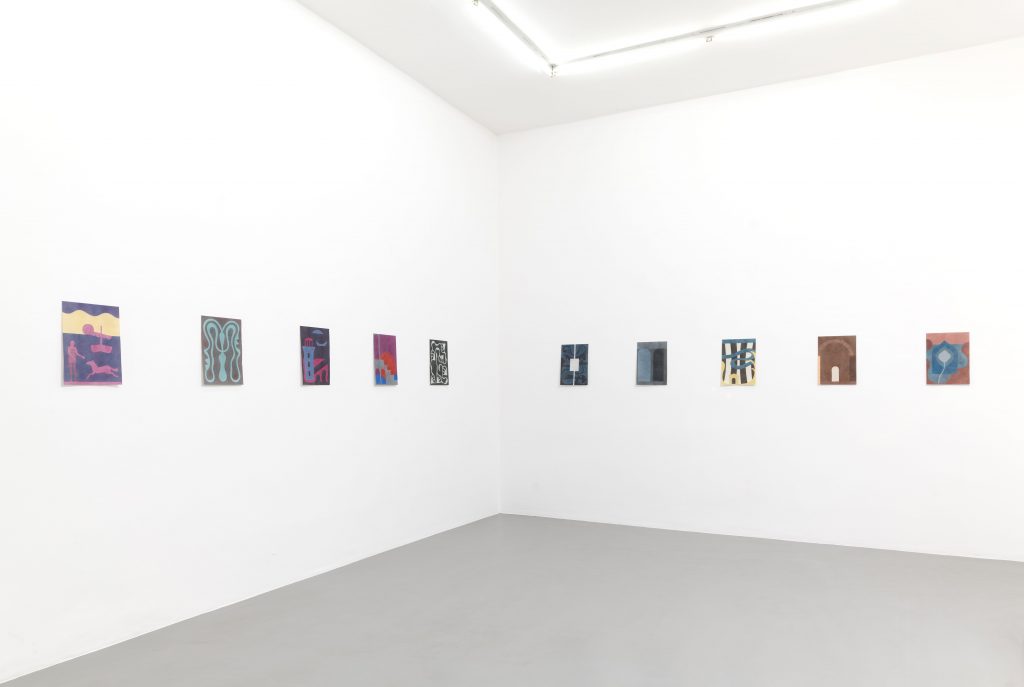
Installation view
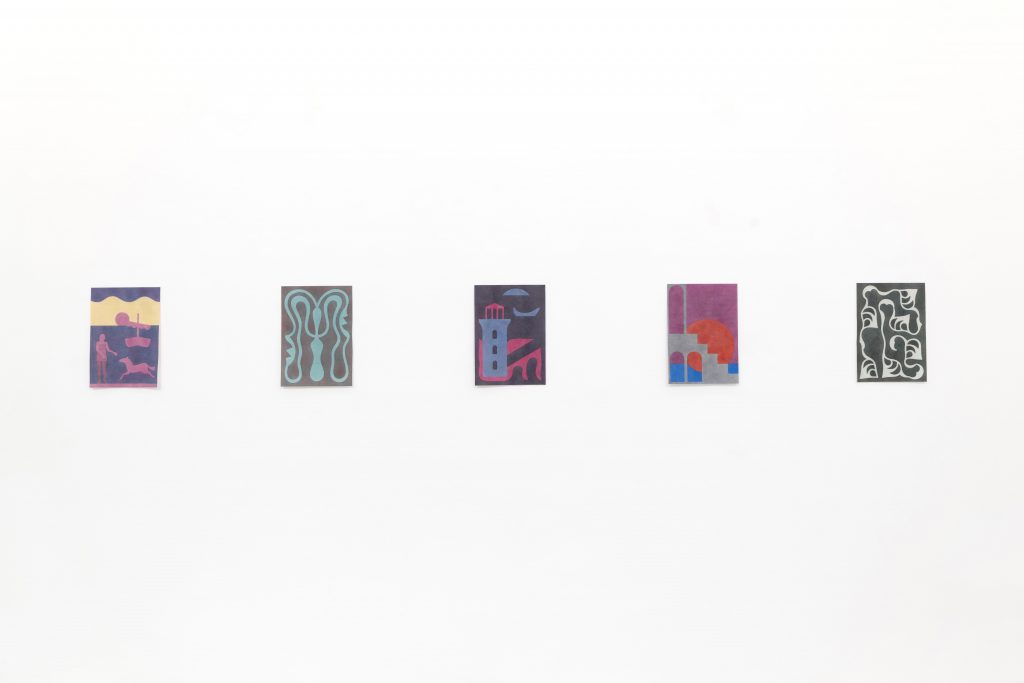
Installation view
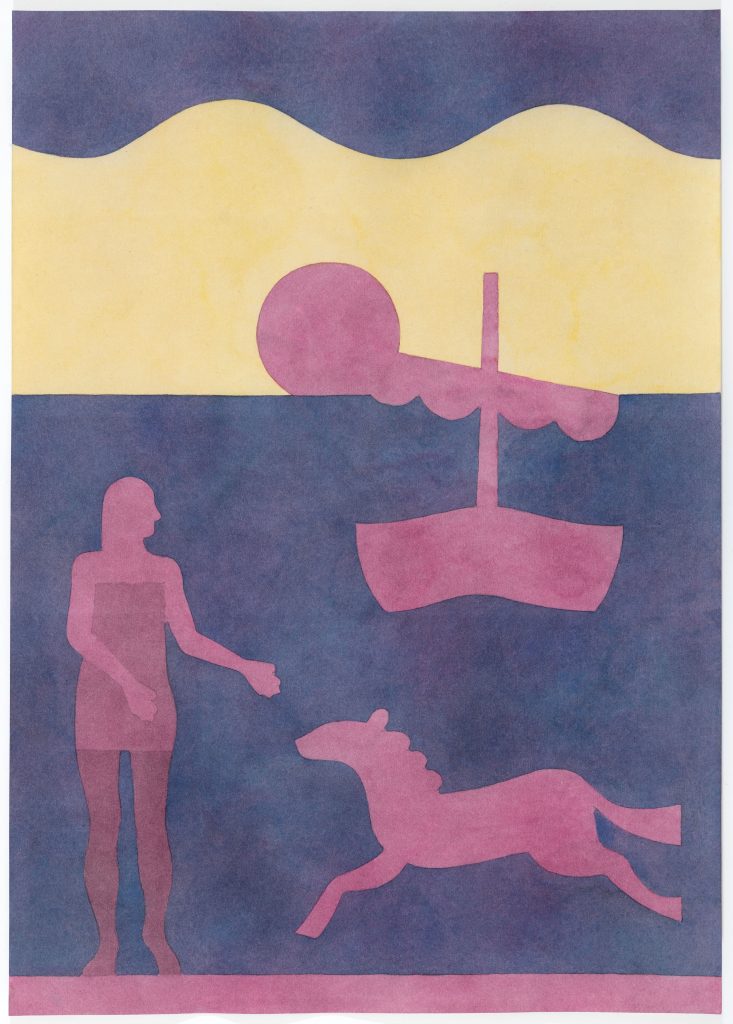
Spielzeug, 2023, Watercolour on paper, 38 x 27 cm
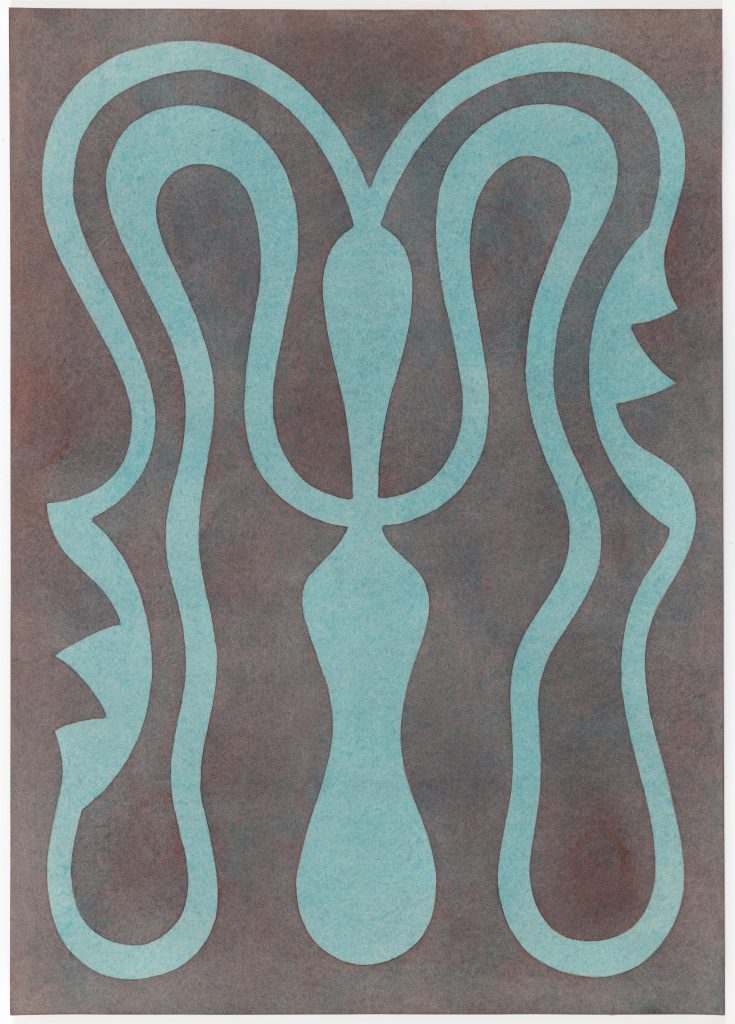
Epyllion, 2022, Watercolour on paper, 38 x 27 cm
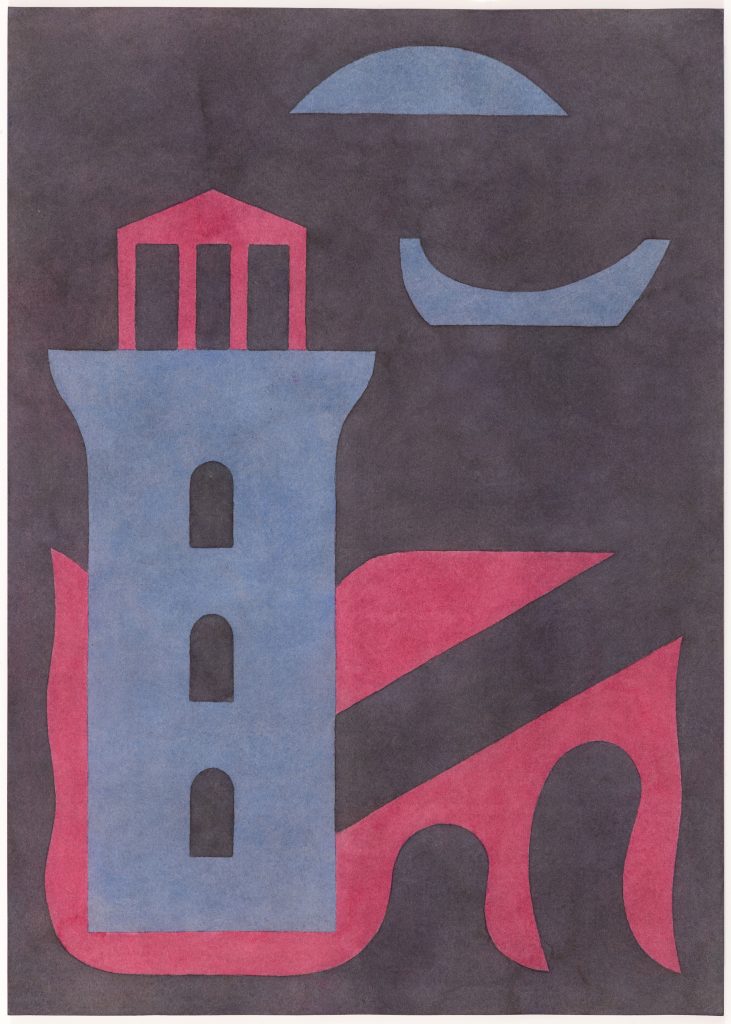
Leuchtturm, 2023, Watercolour on paper, 38 x 27 cm
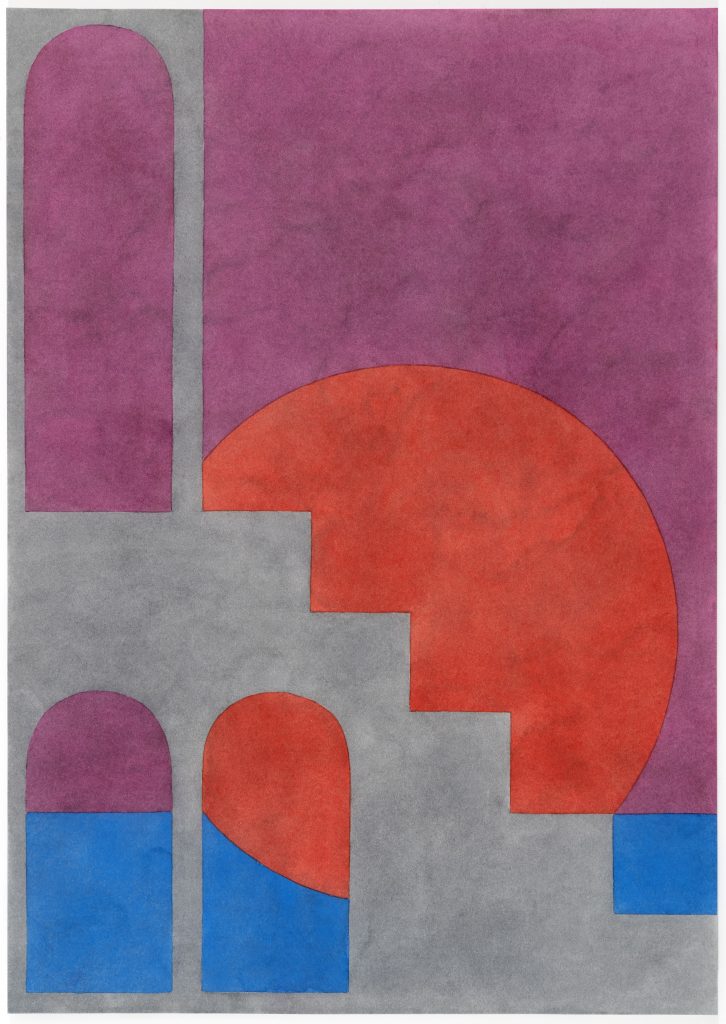
Mirador, 2020, Watercolour on paper, 38 x 27 cm
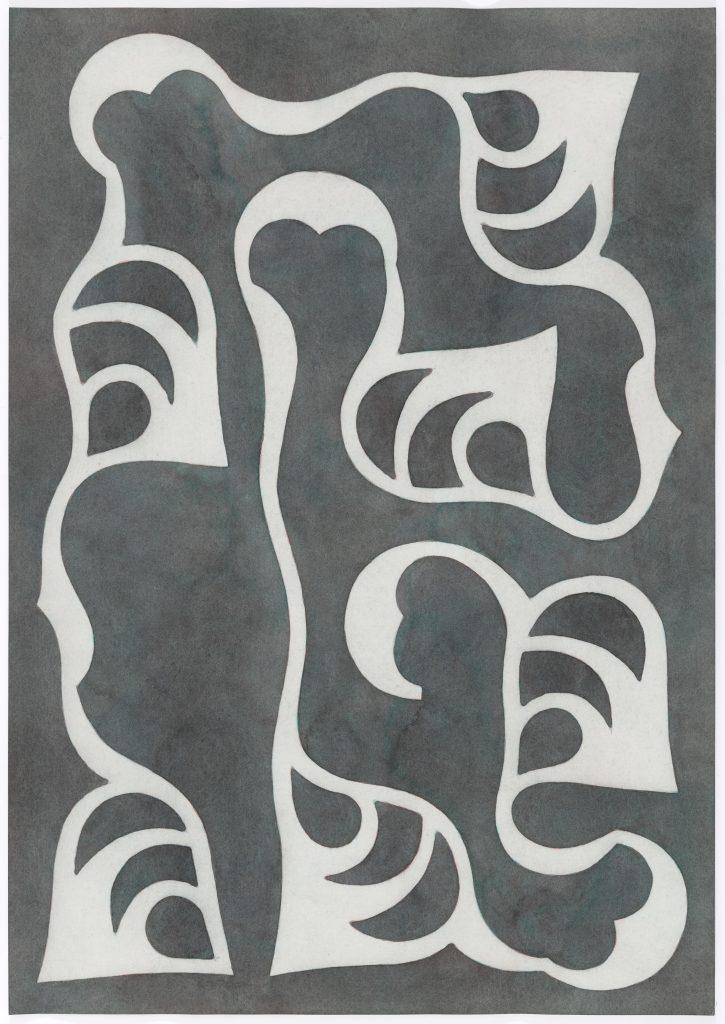
MMIII, 2023, Watercolour on paper, 38 x 27 cm
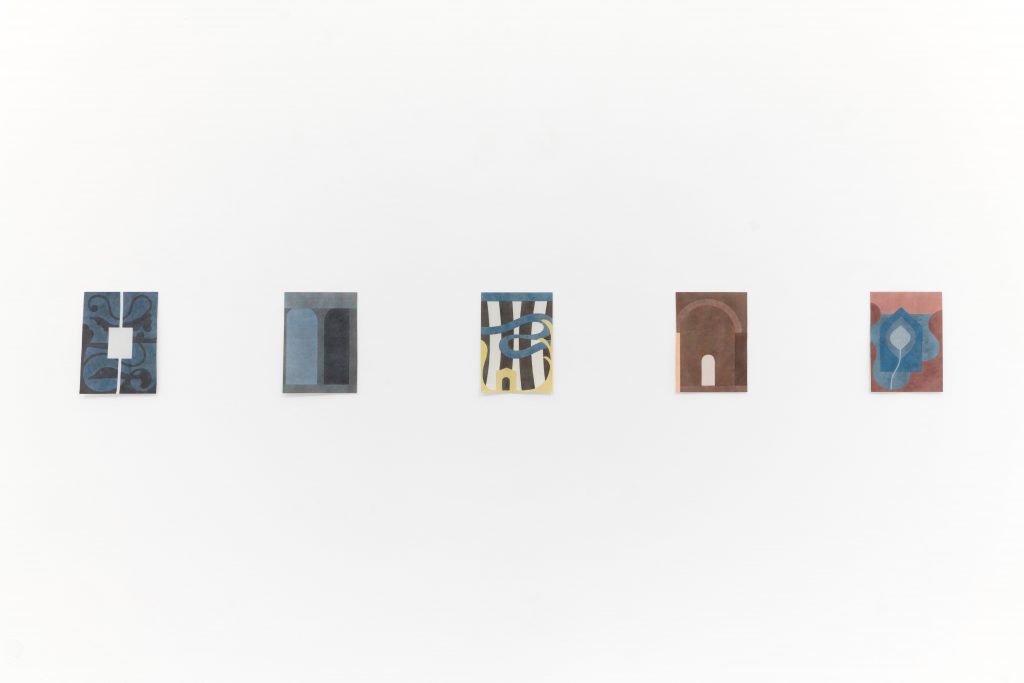
Installation view
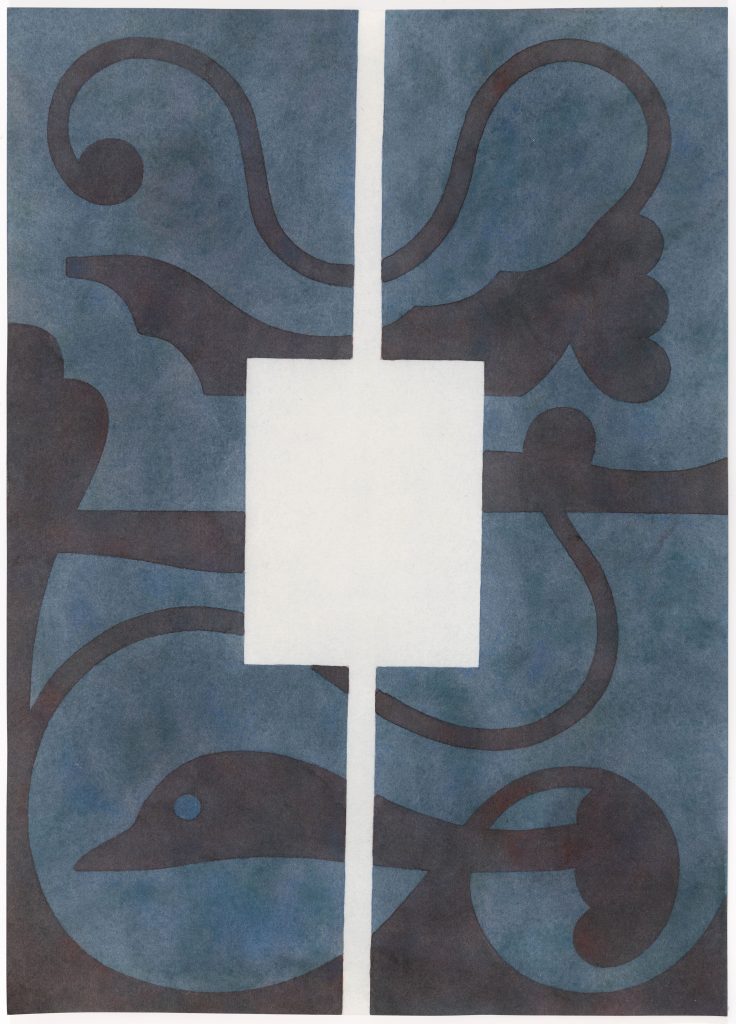
Feld, 2023, Watercolour on paper, 38 x 27 cm
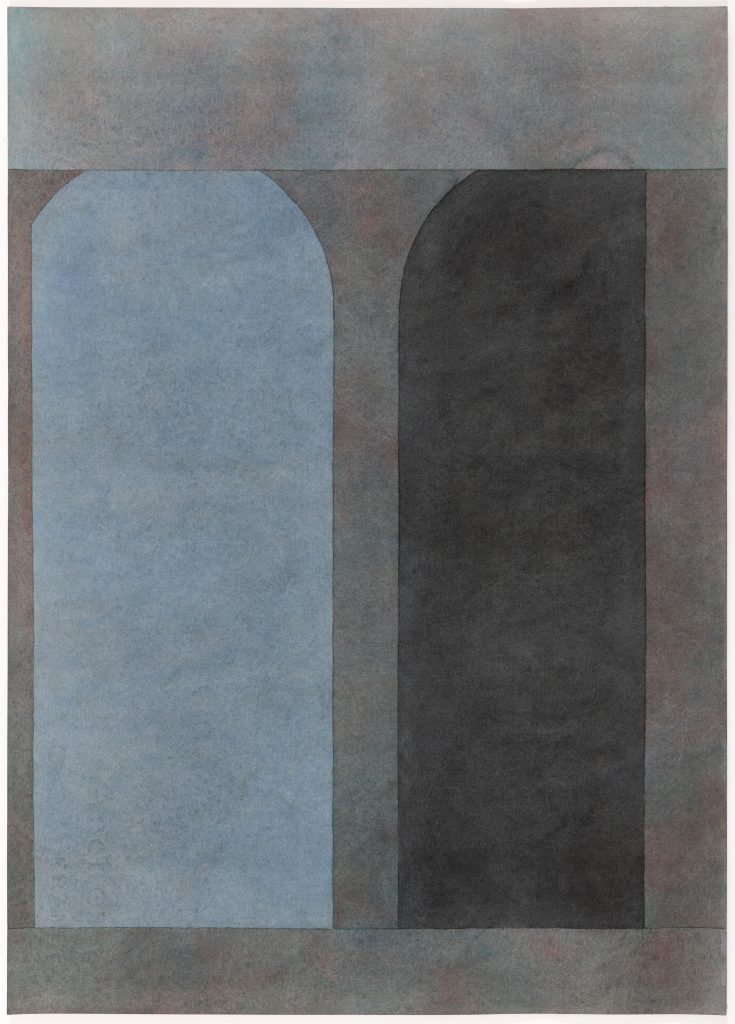
Helldunkel, 2023, Watercolour on paper, 38 x 27 cm
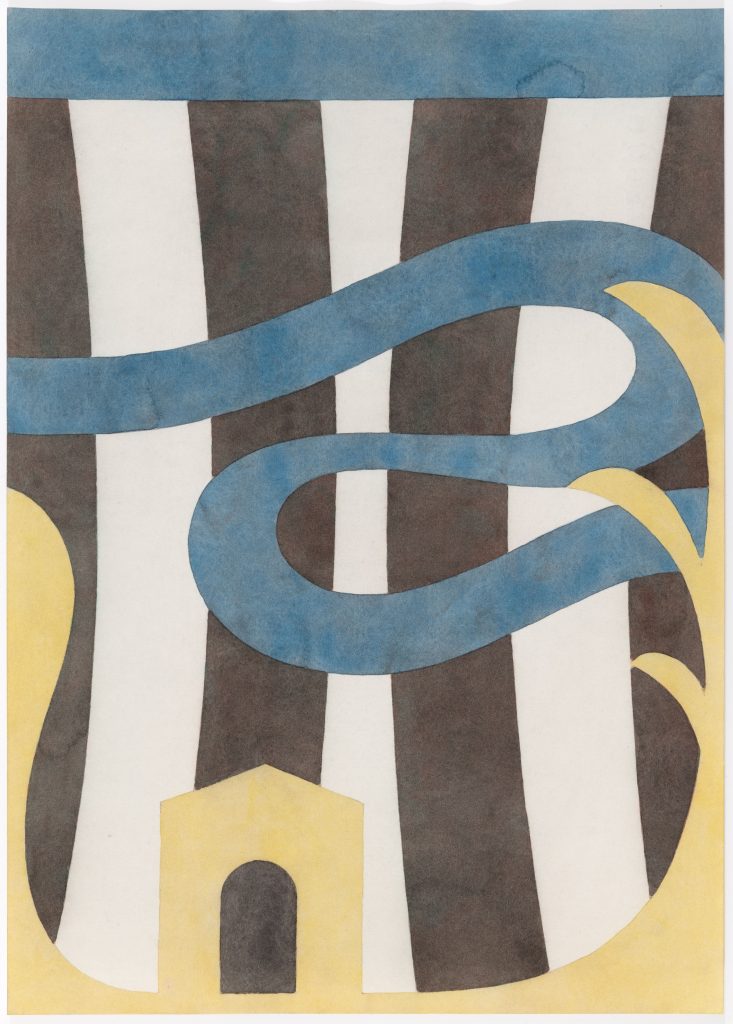
Spur, 2023, Watercolour on paper, 38 x 27 cm
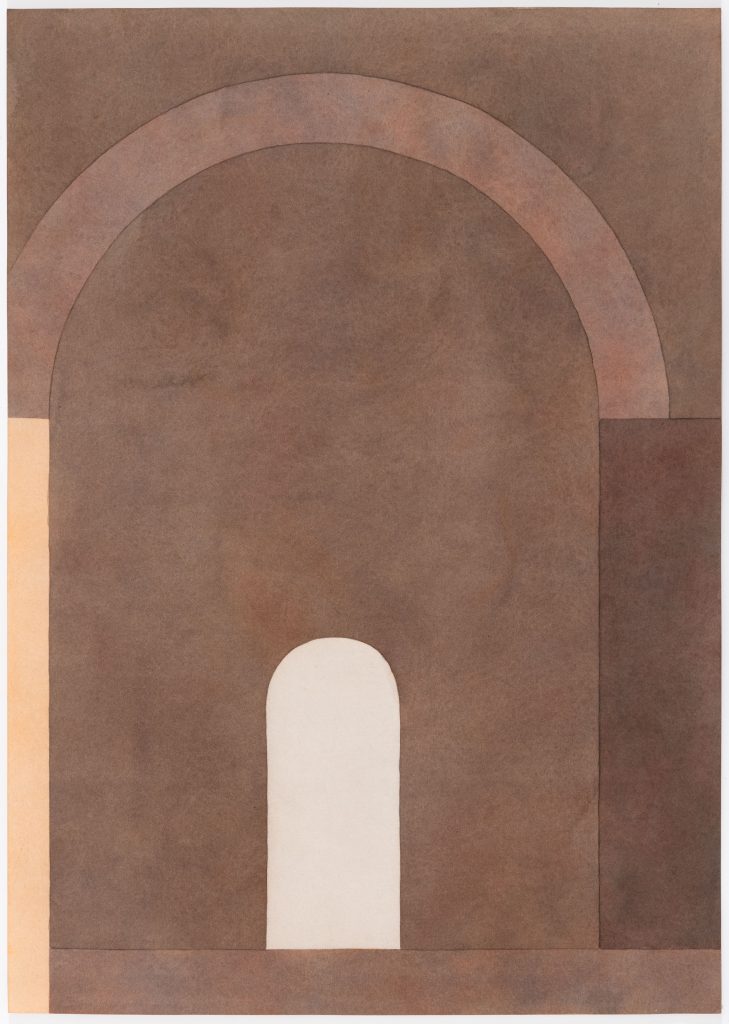
Perspektive, 2023, Watercolour on paper, 38 x 27 cm

Speicher, 2022, Watercolour on paper, 38 x 27 cm
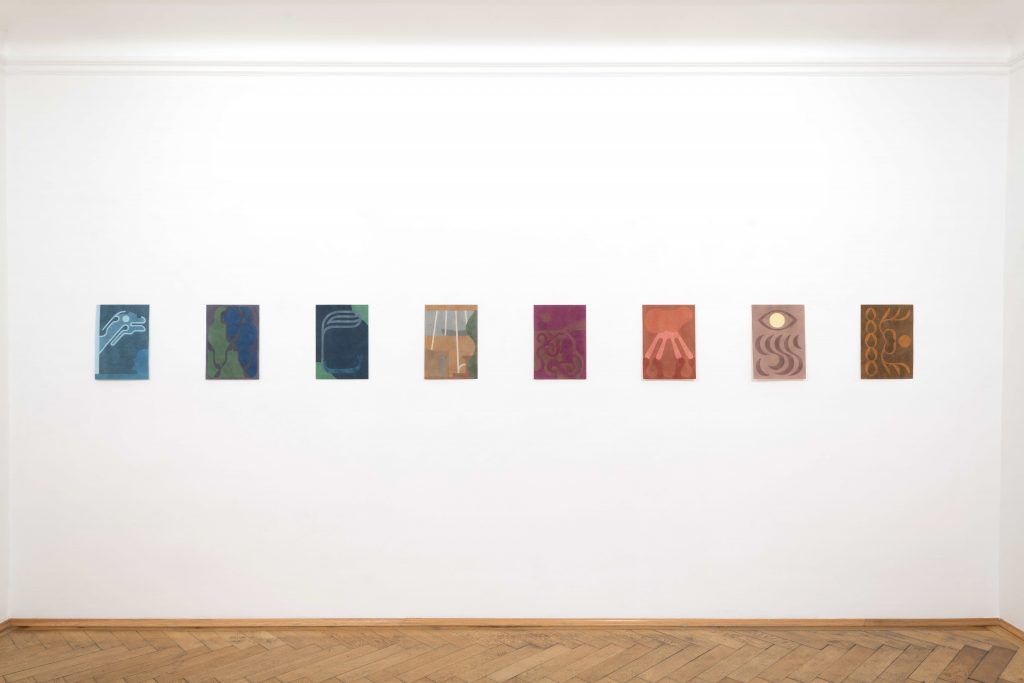
Installation view
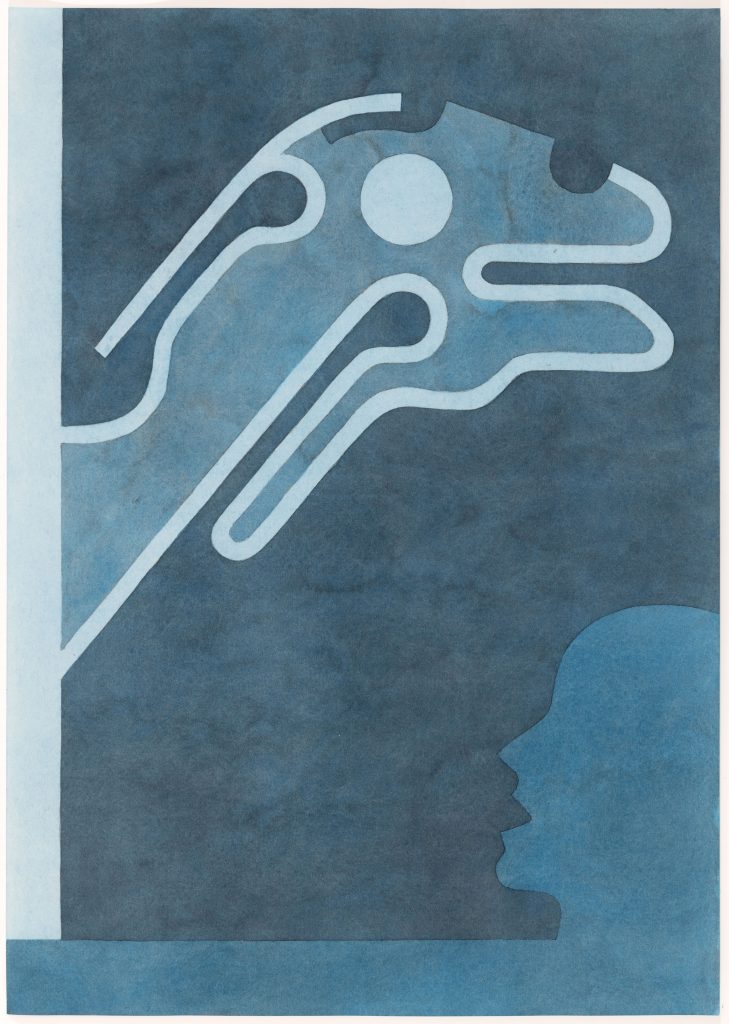
Monster, 2022, Watercolour on paper, 38 x 27 cm
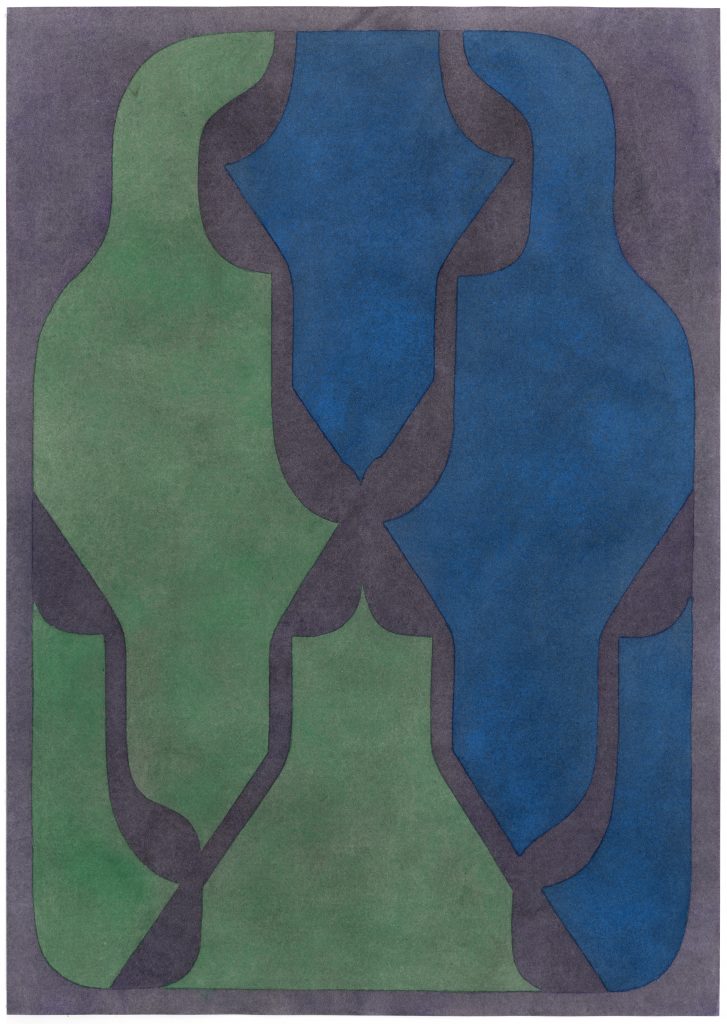
Fenster, 2020, Watercolour on paper, 38 x 27 cm
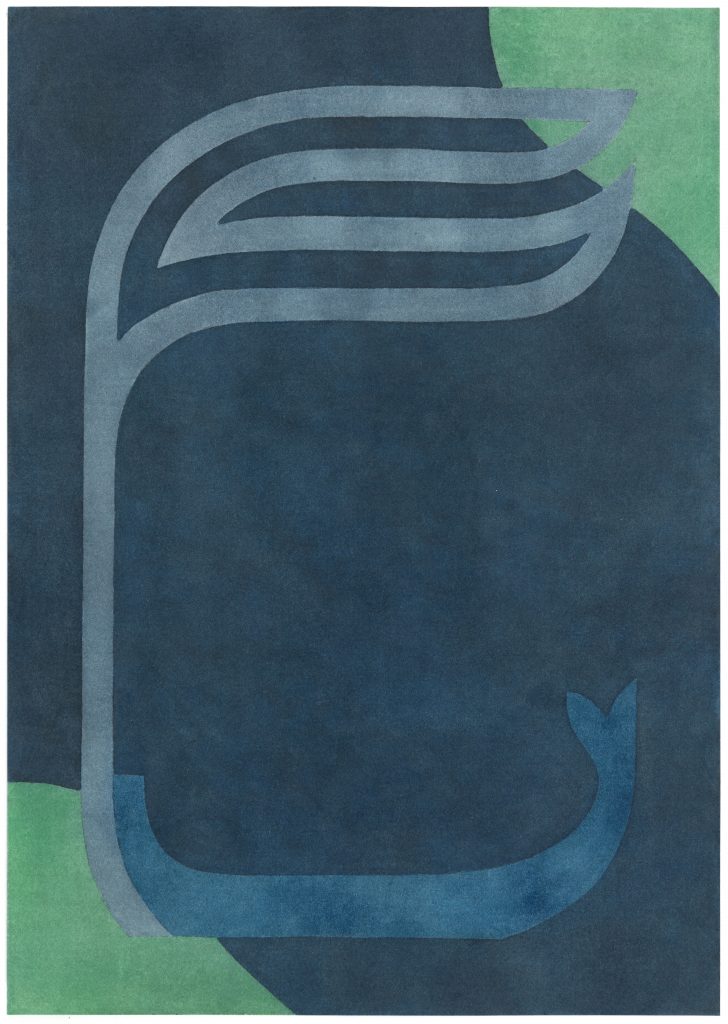
Ufer, 2020, Watercolour on paper, 38 x 27 cm
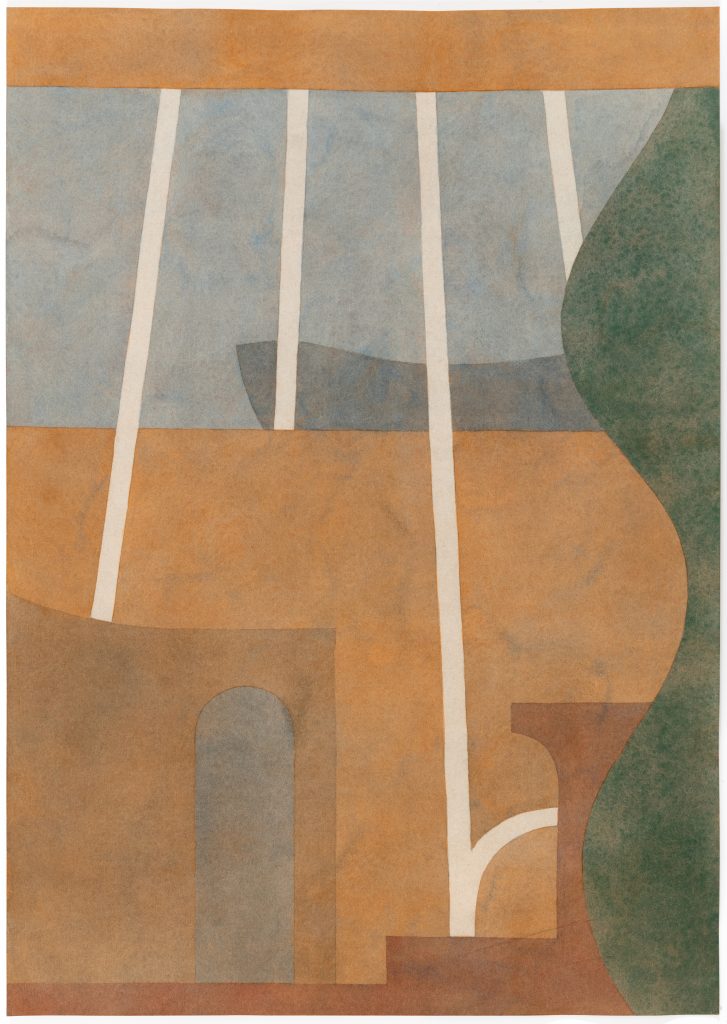
Sonnenstrahlen, 2023, Watercolour on paper, 38 x 27 cm
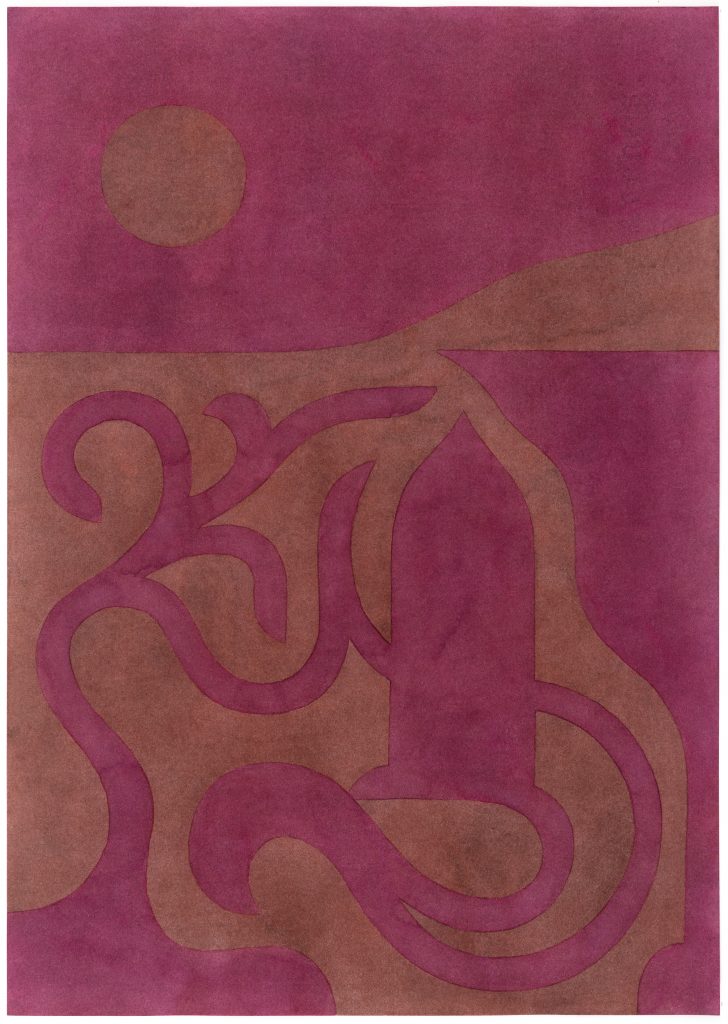
Rot, 2020, Watercolour on paper, 38 x 27 cm
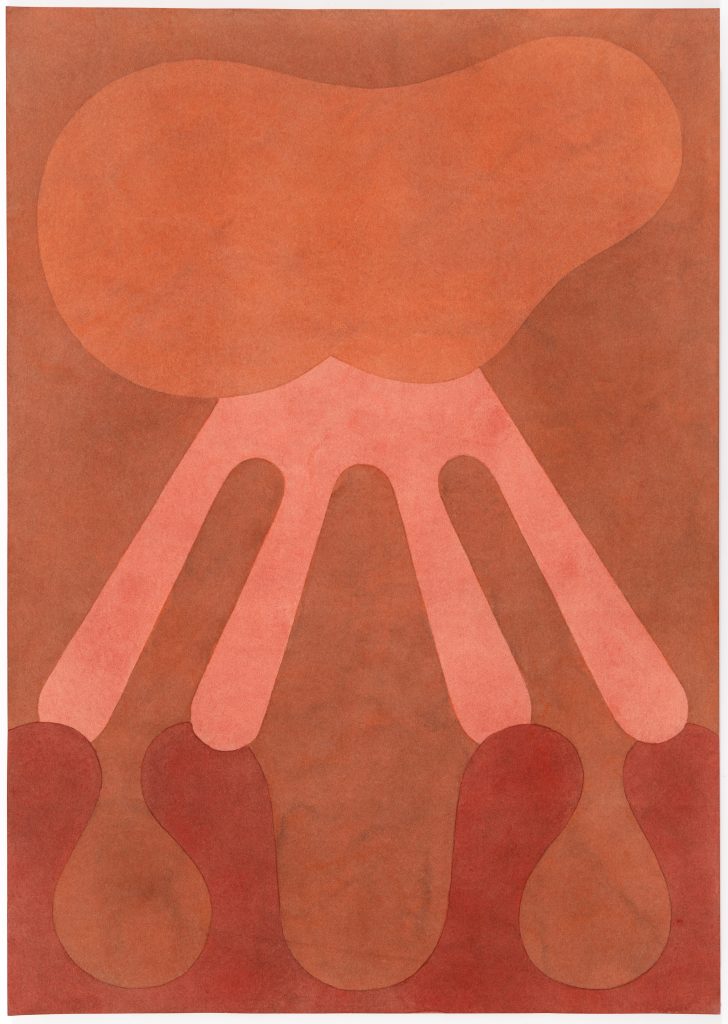
Wolke, 2022, Watercolour on paper, 38 x 27 cm
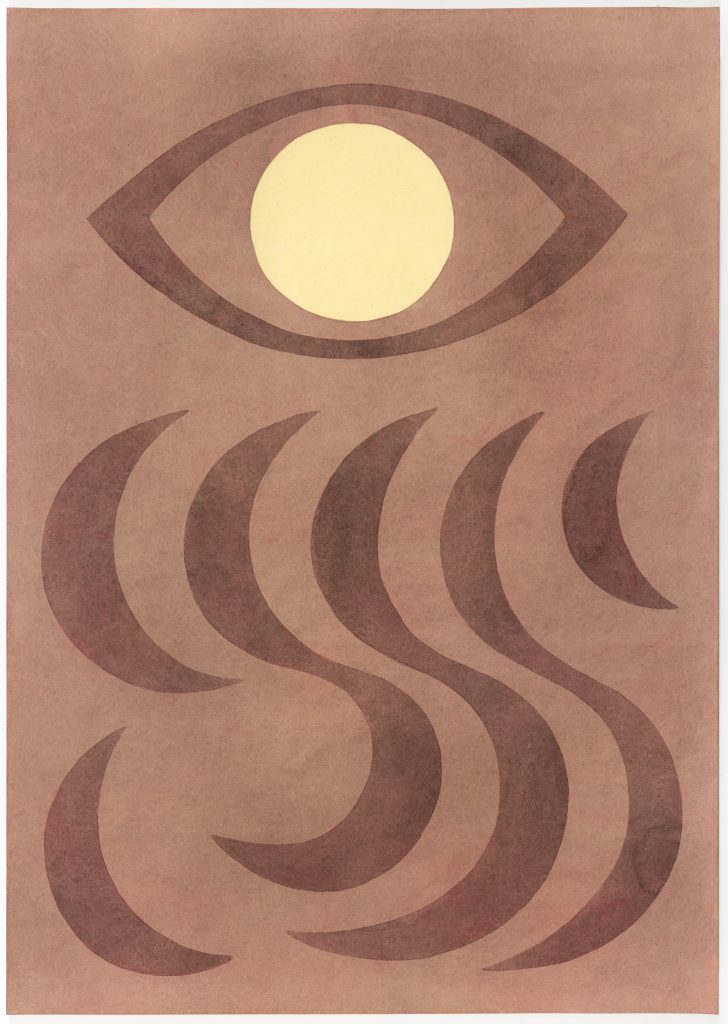
Bart, 2023, Watercolour on paper, 38 x 27 cm
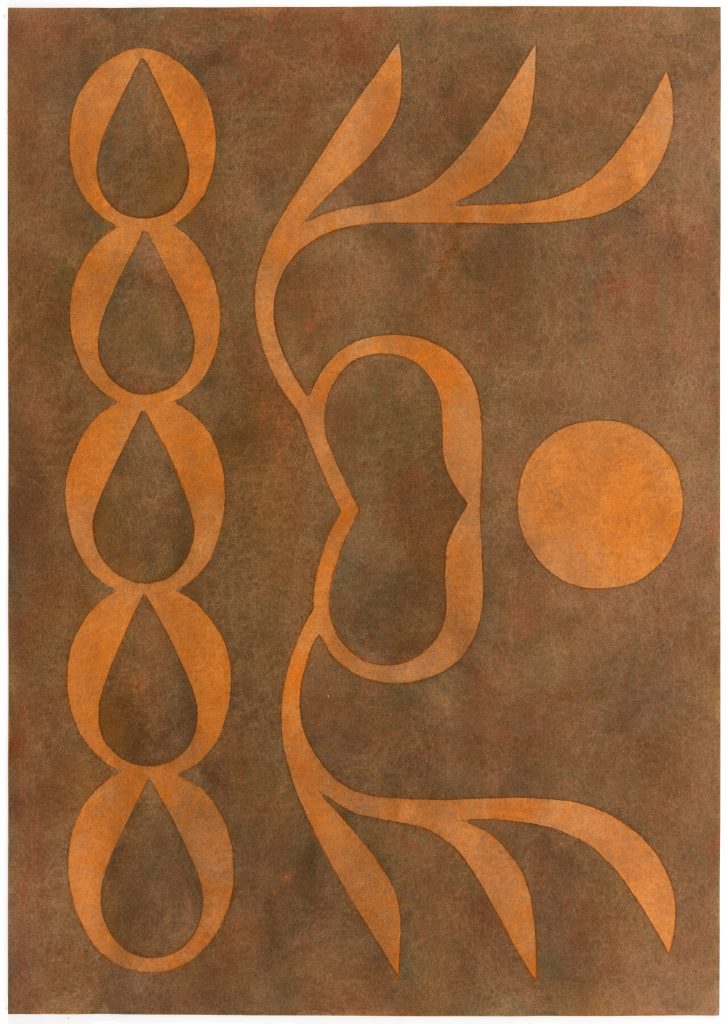
Kette, 2020, Watercolour on paper, 38 x 27 cm
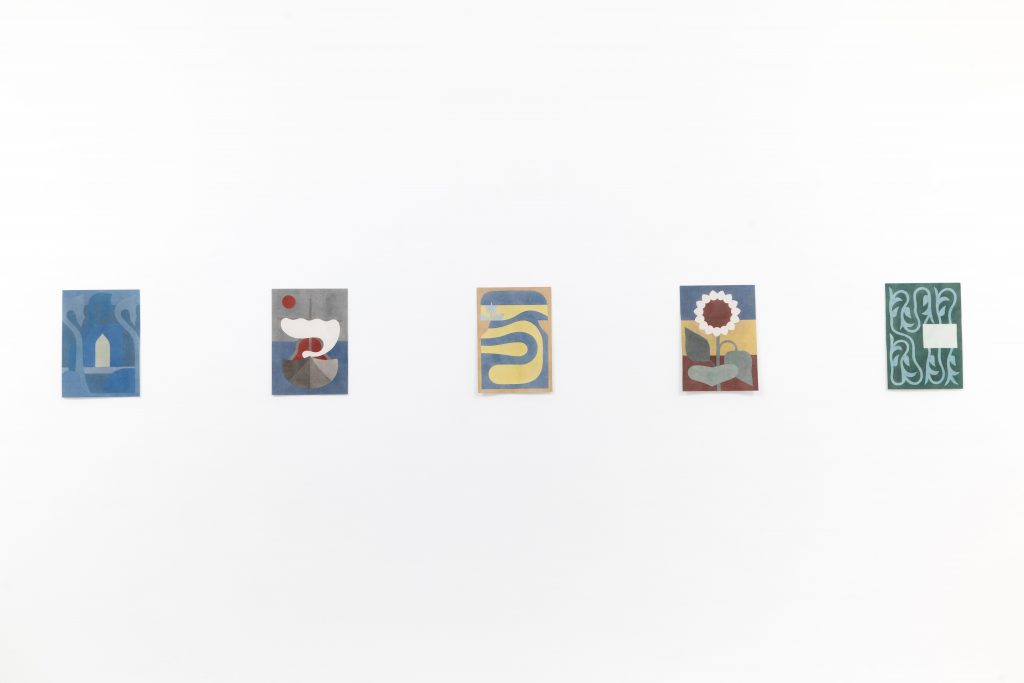
Installation view
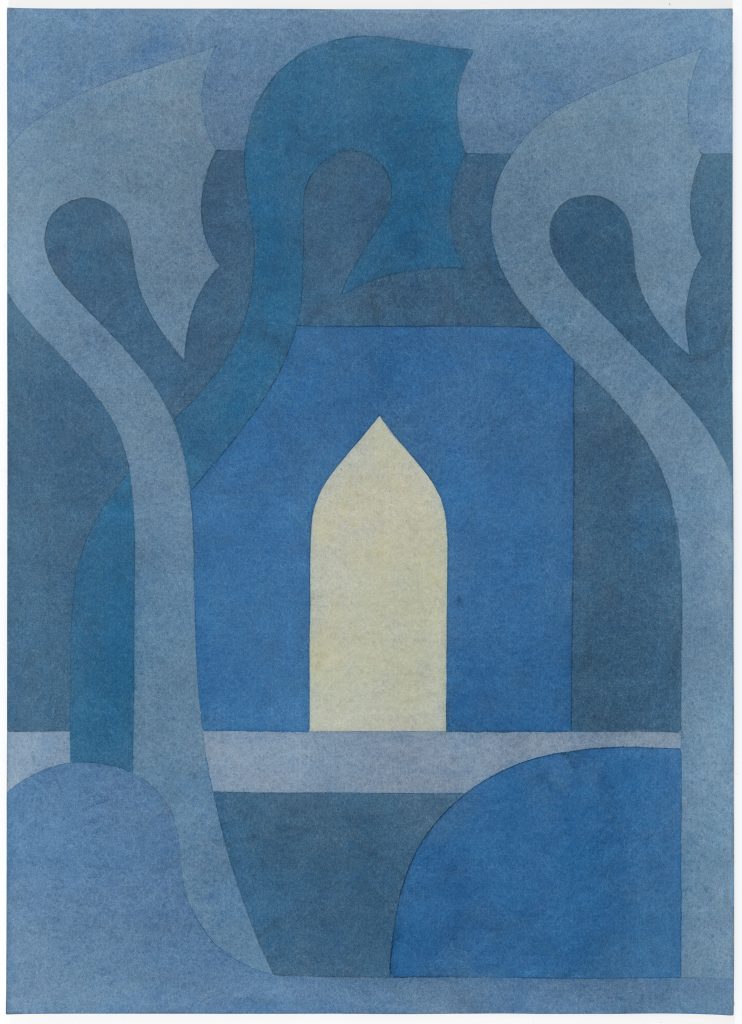
Schwelle, 2023, Watercolour on paper, 38 x 27 cm
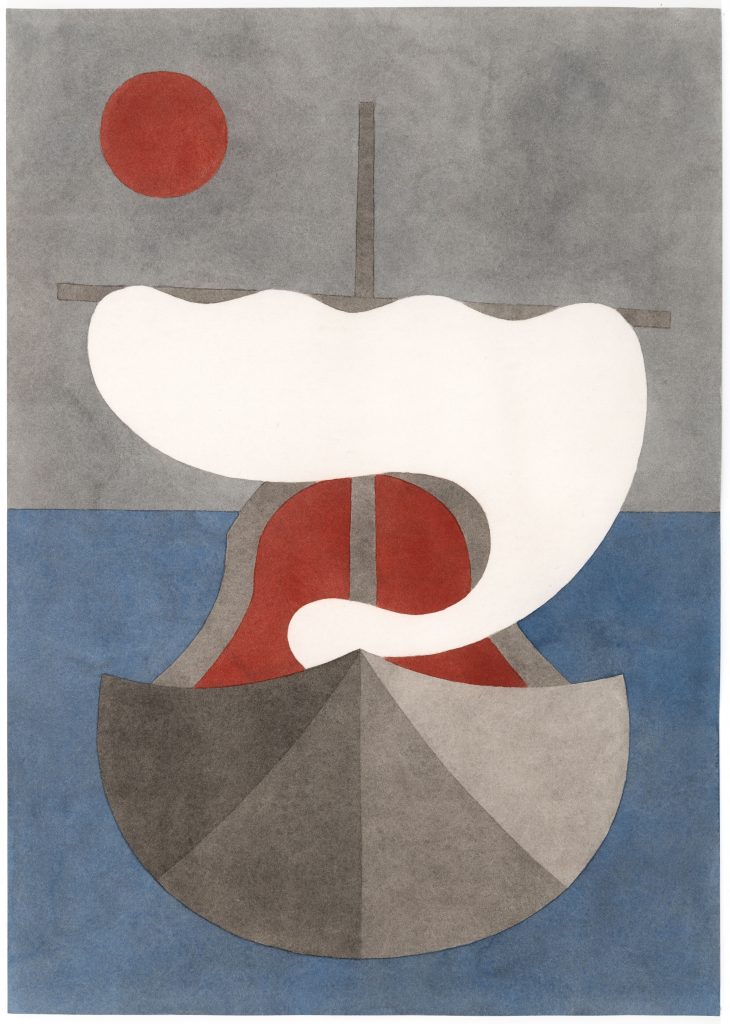
Segel, 2022, Watercolour on paper, 38 x 27 cm
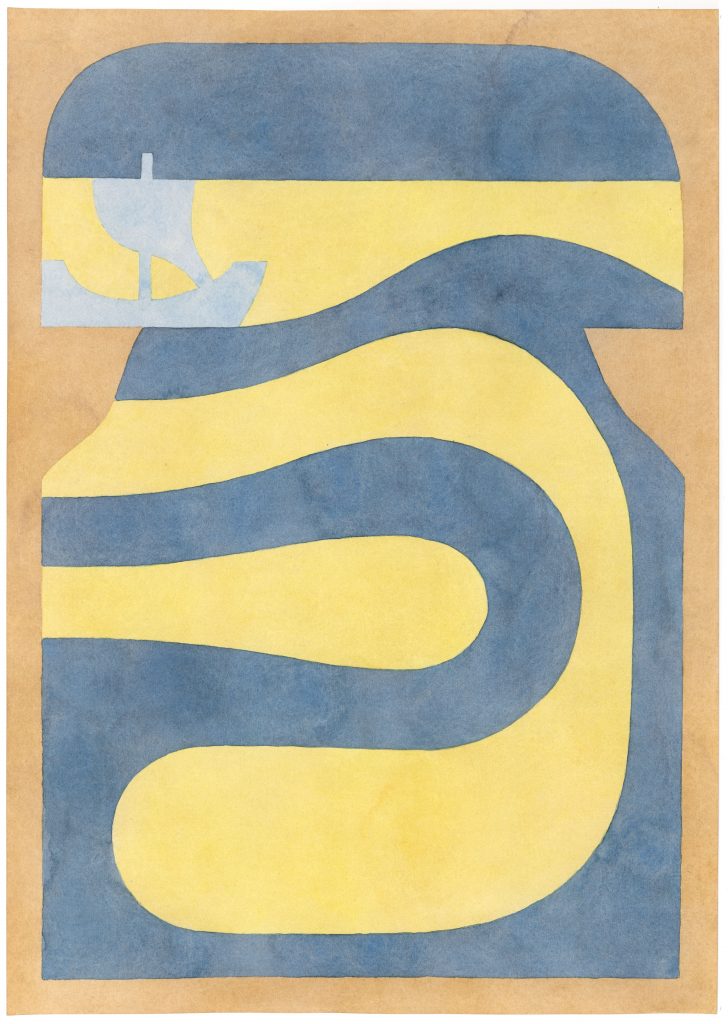
Seelandschaft, 2023, Watercolour on paper, 38 x 27 cm
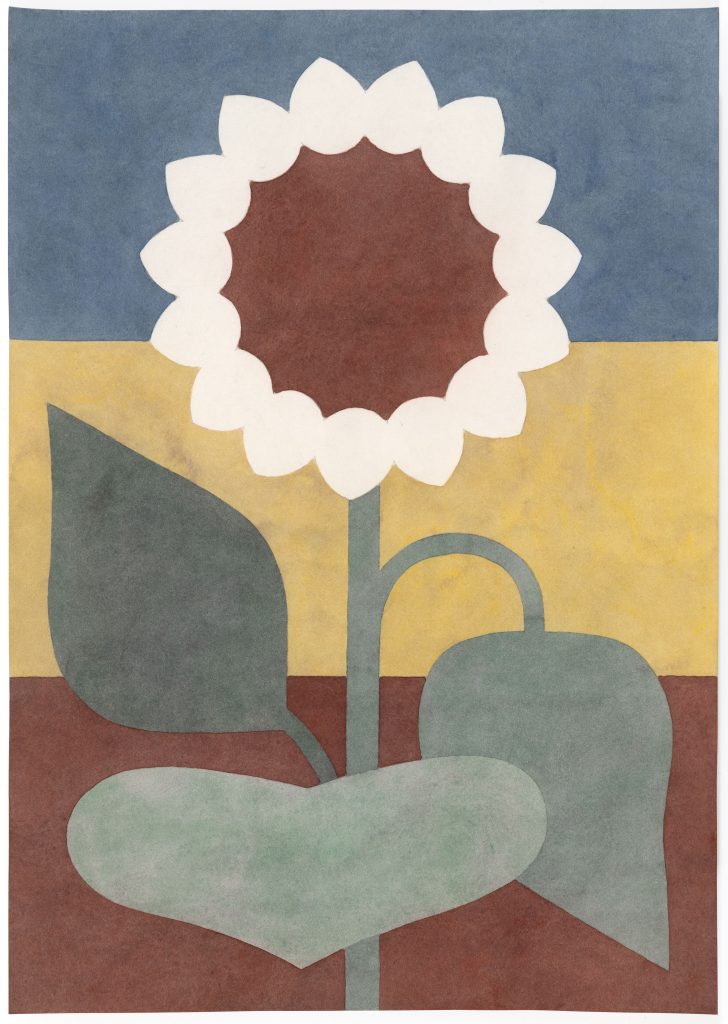
Sonnenblume, 2023, Watercolour on paper, 38 x 27 cm
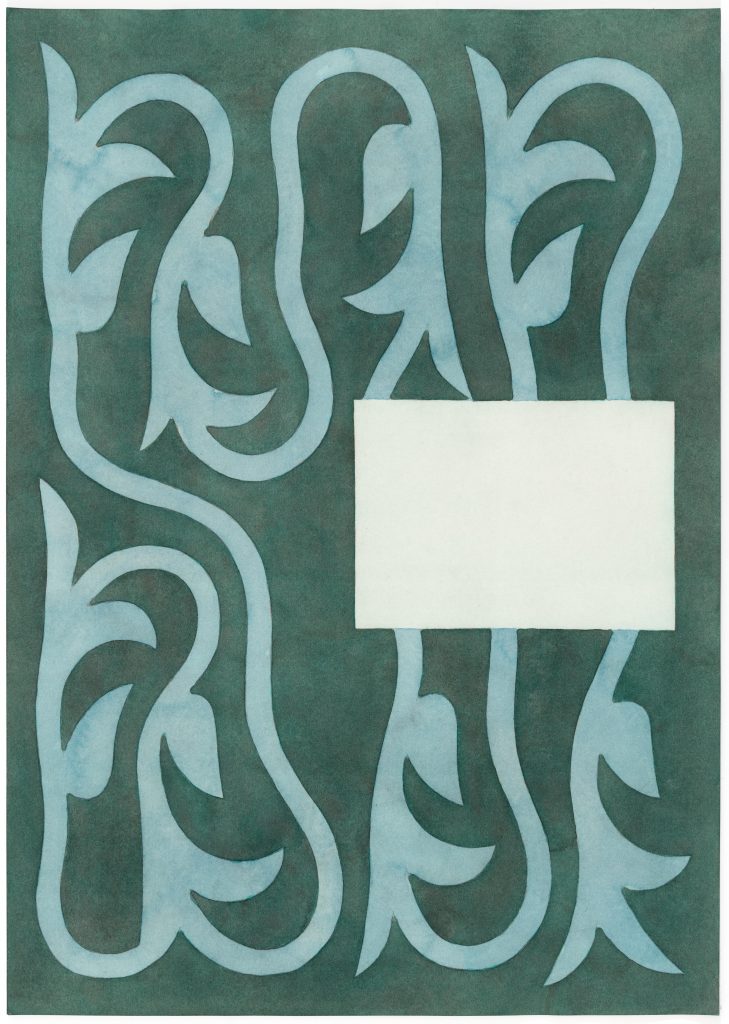
Karte, 2023, Watercolour on paper, 38 x 27 cm
Aeneis
2008 sagt André Butzer von Berthold Reiß: „Zeichen, Sprache, Fläche und Gestalt werden in seinen Skulpturen, Gemälden und Wasserfarben zu einer geistigen Welt zusammengefügt, deren Form und ihre Reinheit fast vergessen machen, an welcher Disparität der Erscheinung unsere Zivilisation erkrankt ist und geheilt werden muss.“ Disparität der Erscheinung kann heißen, dass alles in ungleiche Teile zerfällt. Oder die Welt wird zum Monster, riesig.
In der Kritik der reinen Vernunft steht: „Wenn eine Kugel nicht durch ein Loch geht, was soll man sagen: Ist die Kugel zu groß, oder das Loch zu klein?“ (A 490). Groß und klein sind hier als Werte aufeinander bezogen und nicht als Grade, sie meinen Sinnliches, aber auch Geistiges. Und Kant liest das als eine Sprache, die er ablegen will. In seinem Buch Antinomia liest Berthold Reiß „die römische Geschichte vor allem als das Bemühen, eine auseinanderbrechende Welt immer von neuem zu retten.“ (S. 268)
Rom selbst ist die Stadt, die Aeneas nach der Zerstörung von Troja erst sucht. Nach Berthold Reiß könnte der erste Teil der Aeneis Erwartung ausdrücken, der zweite Erfüllung (cf. Antinomia S. 167f.). Als Aeneas die Gegend von Rom betritt, redet Vergil zweimal von „größer“: „Maior rerum mihi nascitur ordo, maius opus moveo.“ (Eine größere Ordnung der Dinge wird mir geboren, ich bewege ein größeres Werk. VII, 44f.)
Die Aeneis ist eines der ersten Bücher, die illustriert worden sind, sobald die Buchmalerei als ganz neue Kunstgattung aufkam. Die Aquarelle von Berthold Reiß, die seit 2019 entstehen, sind fast alle gleich groß wie die Seiten in einem Buch. Die Wasserfarben stellen sich damit als Serie dar. Gleichzeitig kommt diese Serie zum Stehen im einzelnen Bild.
In Antinomia sagt Berthold Reiß, „dass die Stellung der Kunst zwischen den Trümmern der Erfahrung und den Begriffen, die diese beherrschen, nicht nur gefährlich, sondern auch glücklich sein kann.“ (S. 266)
Aeneis
In 2008, André Butzer said of Berthold Reiß that “signs, language, surface, and shape are combined in his sculptures, paintings, and water-colours to create a spiritual world whose form and purity almost makes us forget the disparity between the appearance our civilisation suffers and must be healed from”. Disparity in appearance can mean that everything falls apart in unequal parts. Or the world becomes a monster, gigantically.
The Critique of Pure Reason states, “if a ball can’t pass through a hole, should we say that the ball is too large or that the hole is too small?” (A 490). Here, large and small refer to each other as values and not degrees; they stand for the sensual, but also for the spiritual. Kant reads this as a language he wishes to discard. In his book, Antinomia, Berthold Reiß reads “Roman history primarily as an effort to save a disintegrating world over and over again”. (p.268)
Rome itself is the city Aeneas seeks out after the destruction of Troy. According to Berthold Reiß, the first part of the Aeneid could express expectation, the second part fulfillment (cf. Antinomia, p. 167f.). When Aeneas enters the area surrounding Rome, Virgil speaks twice of “greater” – “Maior rerum mihi nascitur ordo, maius opus moveo”. (A greater order of things is born to me; I move a greater work. VII, 44f.)
The Aeneid is one of the first books that was illustrated as soon as book painting emerged as a new art form. Almost all of Berthold Reiß’s water-colour works, which he has been creating since 2019, are the same size as the pages in a book. At the same time, the series comes to rest in the individual picture.
In Antinomia, Berthold Reiß says “that the position of art between the ruins of experience and the concepts that dominate these are not only dangerous but can also be prosperous”. (p. 266)
Translated by Melanie Waha